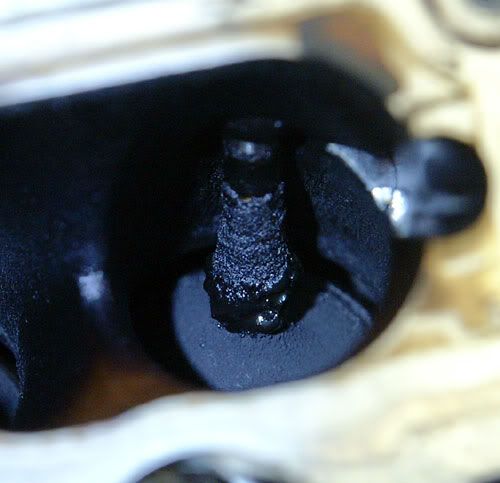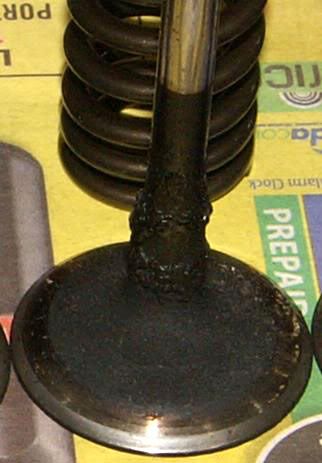Originally Posted By: wrf01a
Originally Posted By: badtlc
Originally Posted By: Vikas
A question to resident GDI experts; since the fuel is injected on the intake stroke, why does the fuel needs to be at 2000 psi? Isn't there is a negative pressure (aka vacuum) in the cylinder during the intake stroke?
Another question:- CRC generally don't make snake oil type products but is it really possible to melt the carbon deposit on the back of the valve by spraying a strong solution? Why doesn't they conduct an experiment to show cleaning off the carbon-ed up valve on camera?
DI engines typically have a stratified burn mode (ultra lean) where the ignition can occur during compression stroke. Not too mention the injector has to be able to withstand the pressures of combustion so that air/fuel doesn't get pushed into the injector opening and sent up stream into the fuel line.
There is a little bit of false information here that really needs to be fixed. Not all DI engines are the same and I will reference Hyundai because I am familiar with this engine. The Super High Pressure is needed because the fuel is injected just before or during the Power Stroke, NOT the intake stroke in most DI Engines.
In the Hyundai Theta II, The fuel injection is split into two phases. In the first phase, the pilot injection occurs on the compression stroke, milliseconds before ignition. The main injection phase occurs after ignition, during the piston’s descent, more fuel is injected and ignited as necessary. In the Hyundai fuel is injected after the intake valve is closed.
In the Hyundai, 2170 PSI is needed because fuel is injected during the Compression Stroke and the Power Stroke.
Hyundai recommends top tier gas or Hyundai Fuel Injection Cleaner because the location of the injector. The main reason for this is to keep the injectors clean.
As far as deposits on the intake valve, most manufactures have fixed that problem. That problem has only Plagued certain models. VW, Audi and Lexus just to name a few.
For more information please read
http://www.edmunds.com/autoobserver-archive/2011/06/direct-injection-fouls-some-early-adopters.html
Scroll down to the part titled
All Engines Not Designed Equally and read the first four paragraphs for some accurate information.
Lets put a stop to all this inaccurate information.
Excellent information, wrf01a. Thank you for sharing.





